In an effort to get people more interested in and to learn about artificial intelligence, Google just launched A.I. Experiments to showcase the technology in fun ways.
With all the exciting A.I. stuff happening, there are lots of people eager to start tinkering with machine learning technology. A.I. Experiments is a showcase for simple experiments that let anyone play with this technology in hands-on ways, through pictures, drawings, language, music, and more.
You can also download the code for each project and have a go yourself.


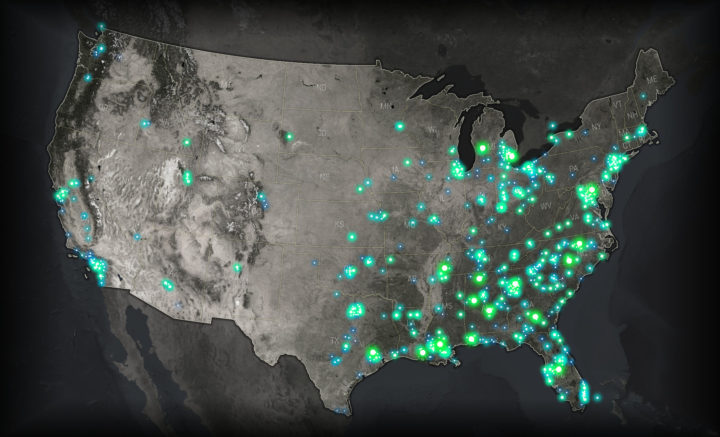

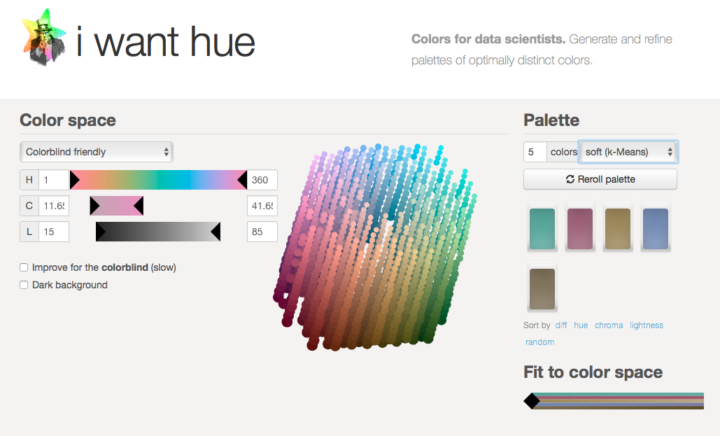
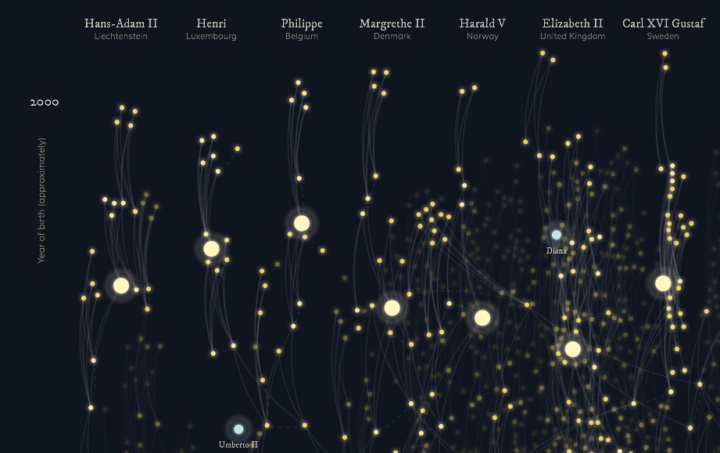

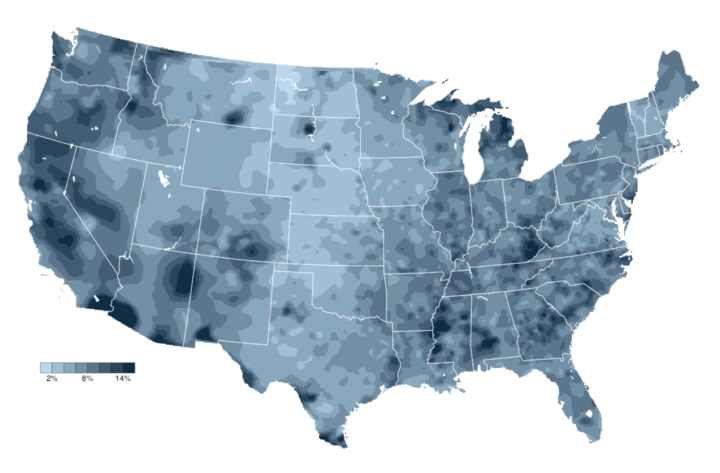
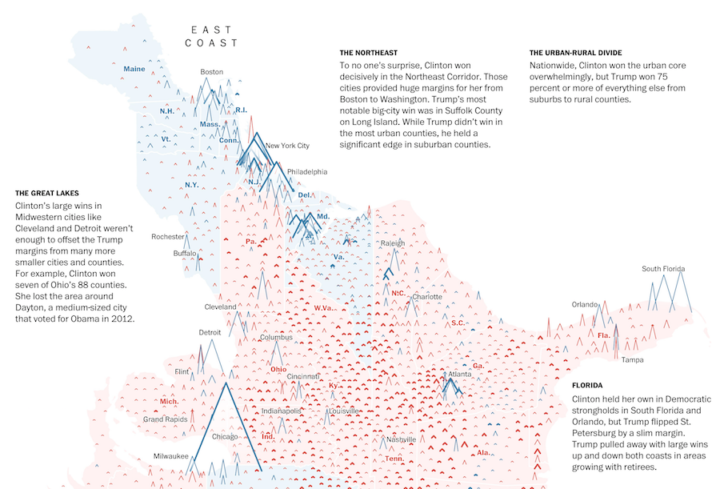
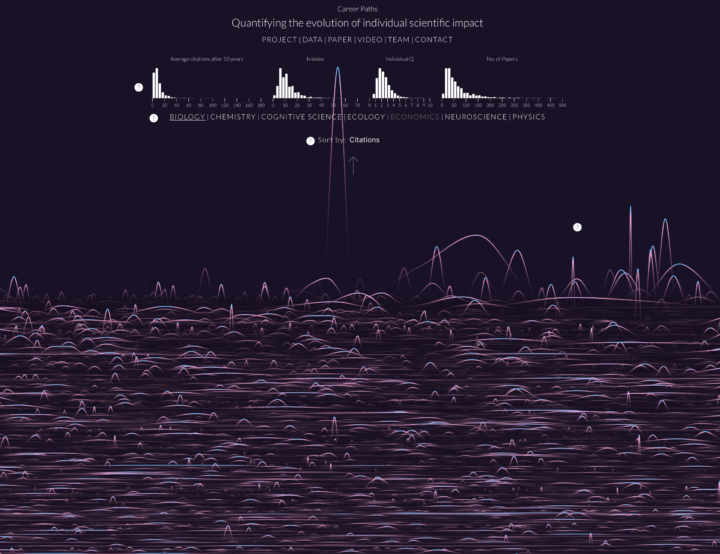

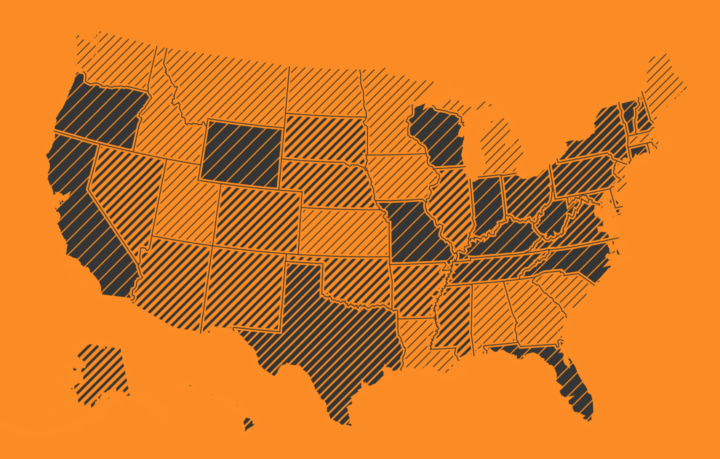
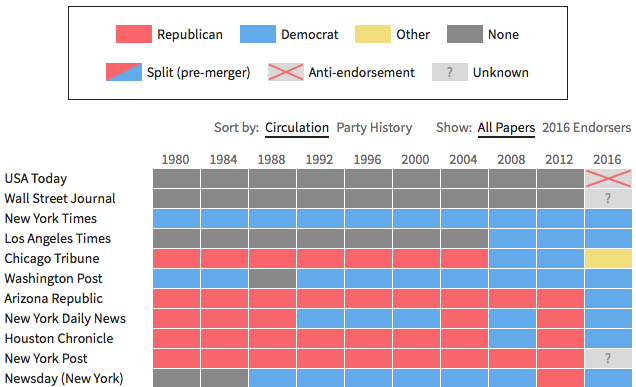
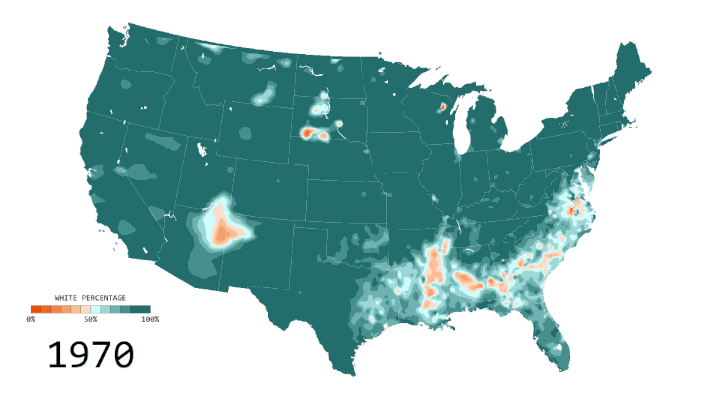
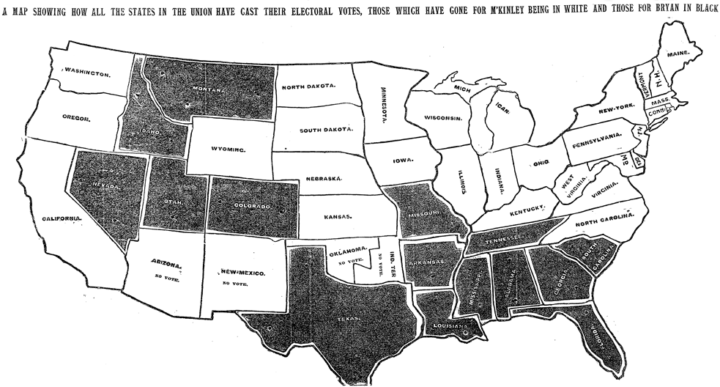
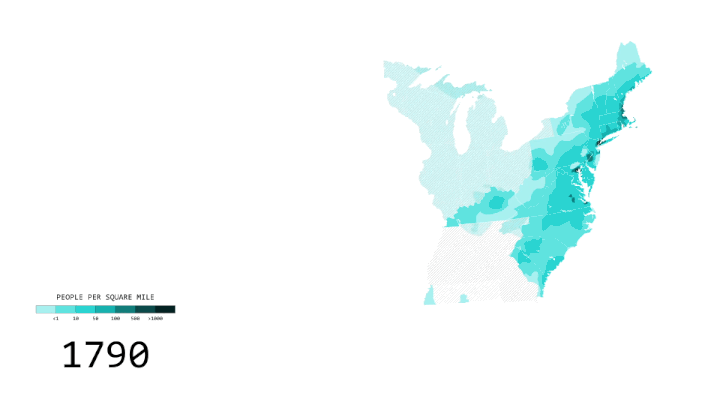
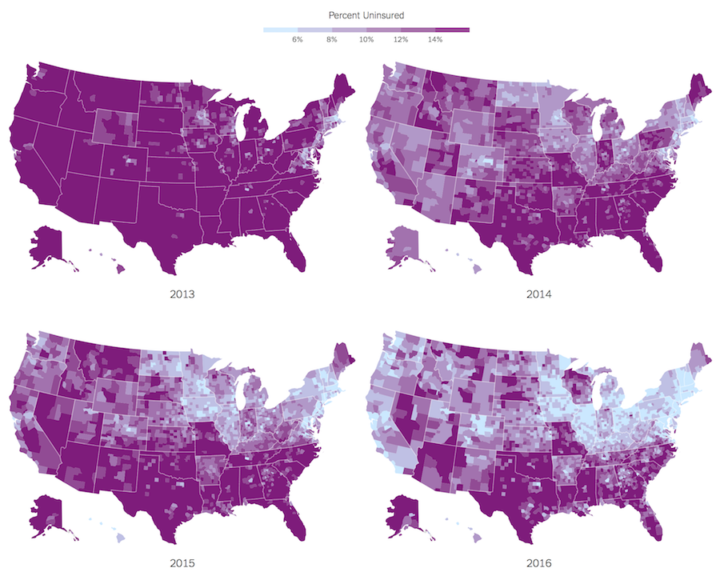
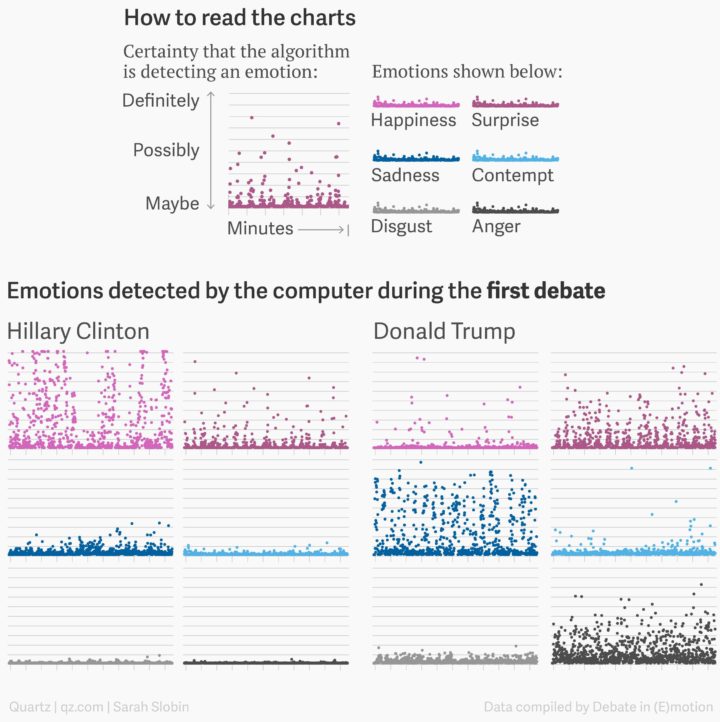
 Visualize This: The FlowingData Guide to Design, Visualization, and Statistics (2nd Edition)
Visualize This: The FlowingData Guide to Design, Visualization, and Statistics (2nd Edition)










